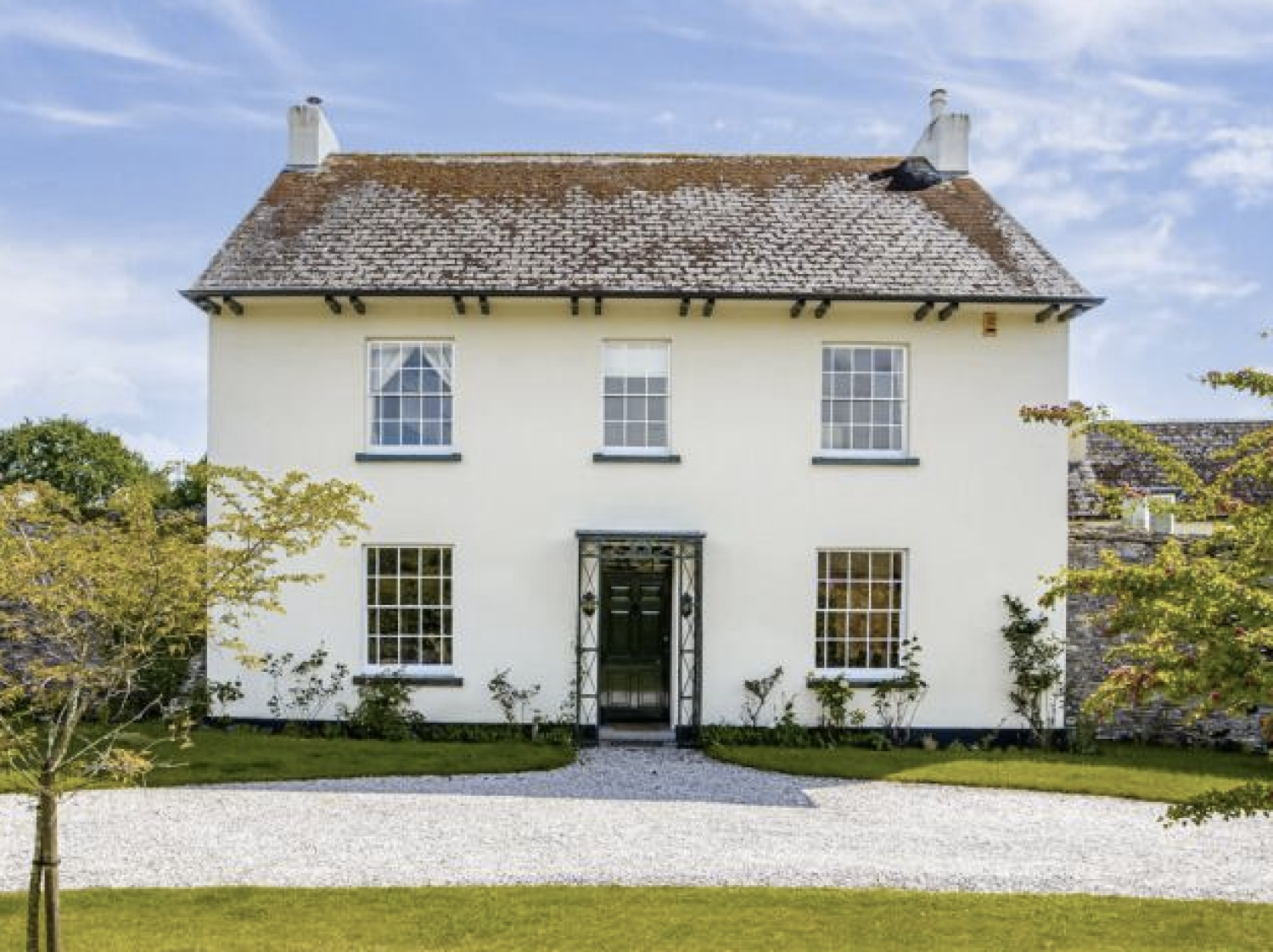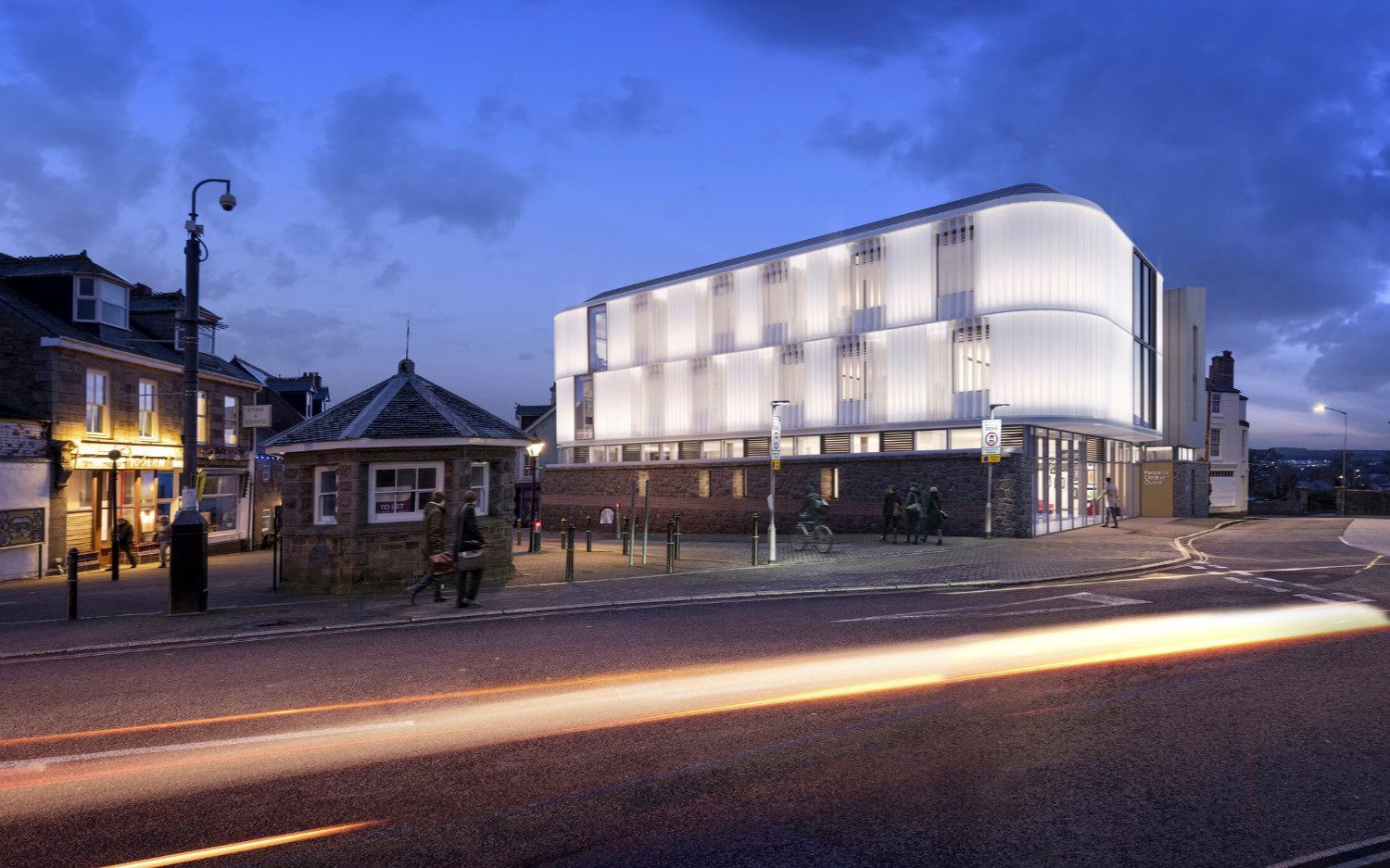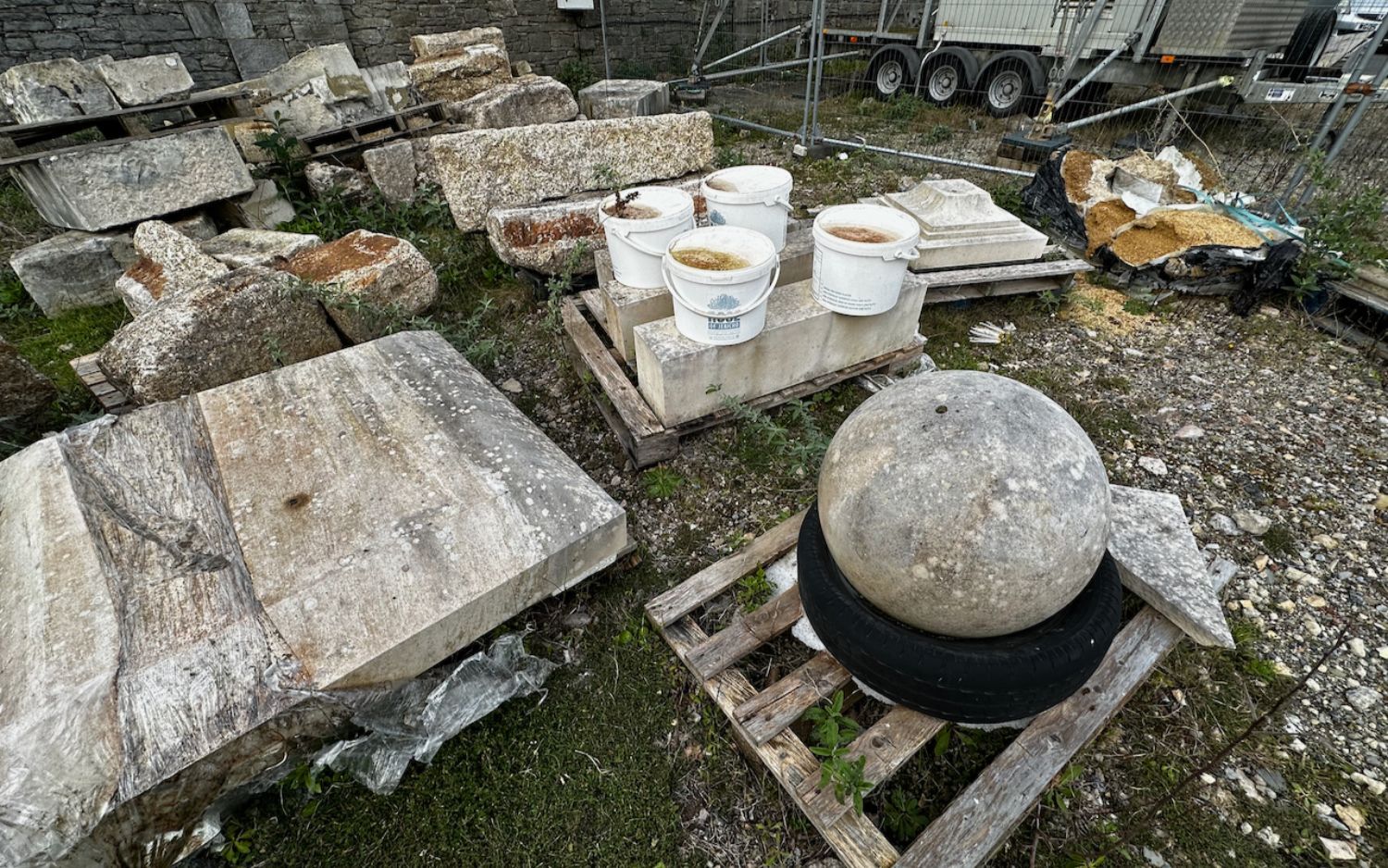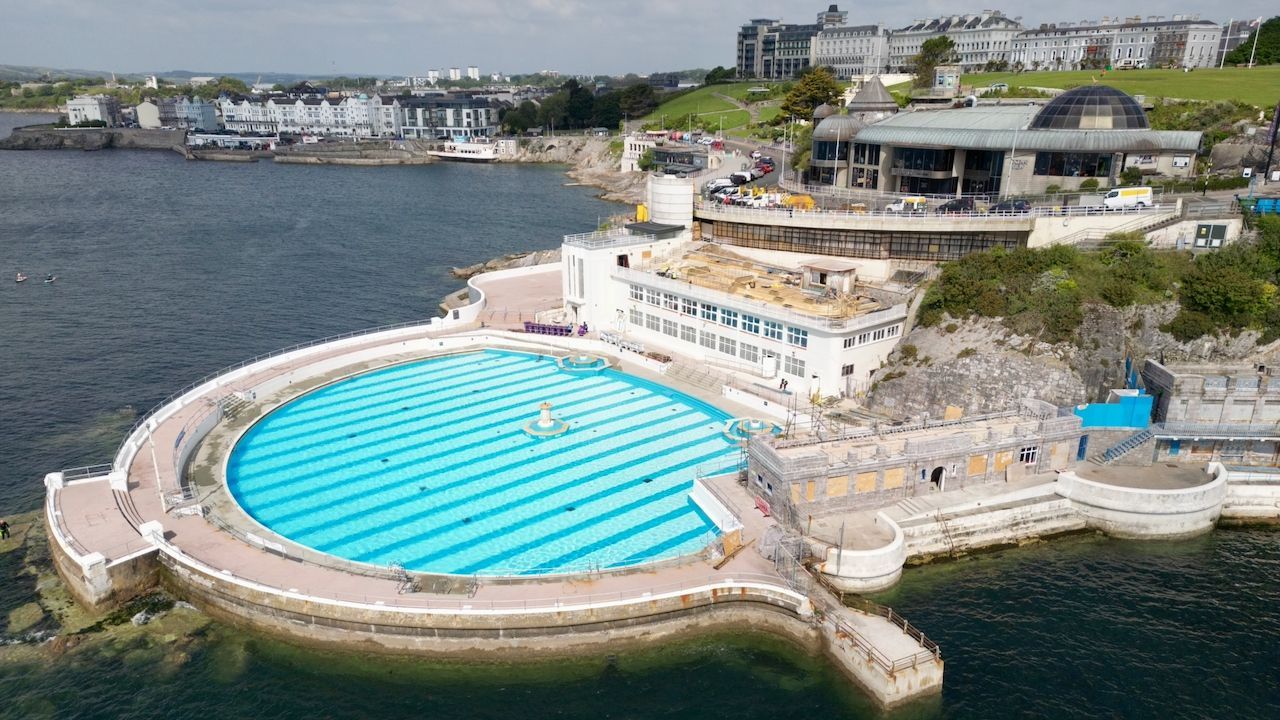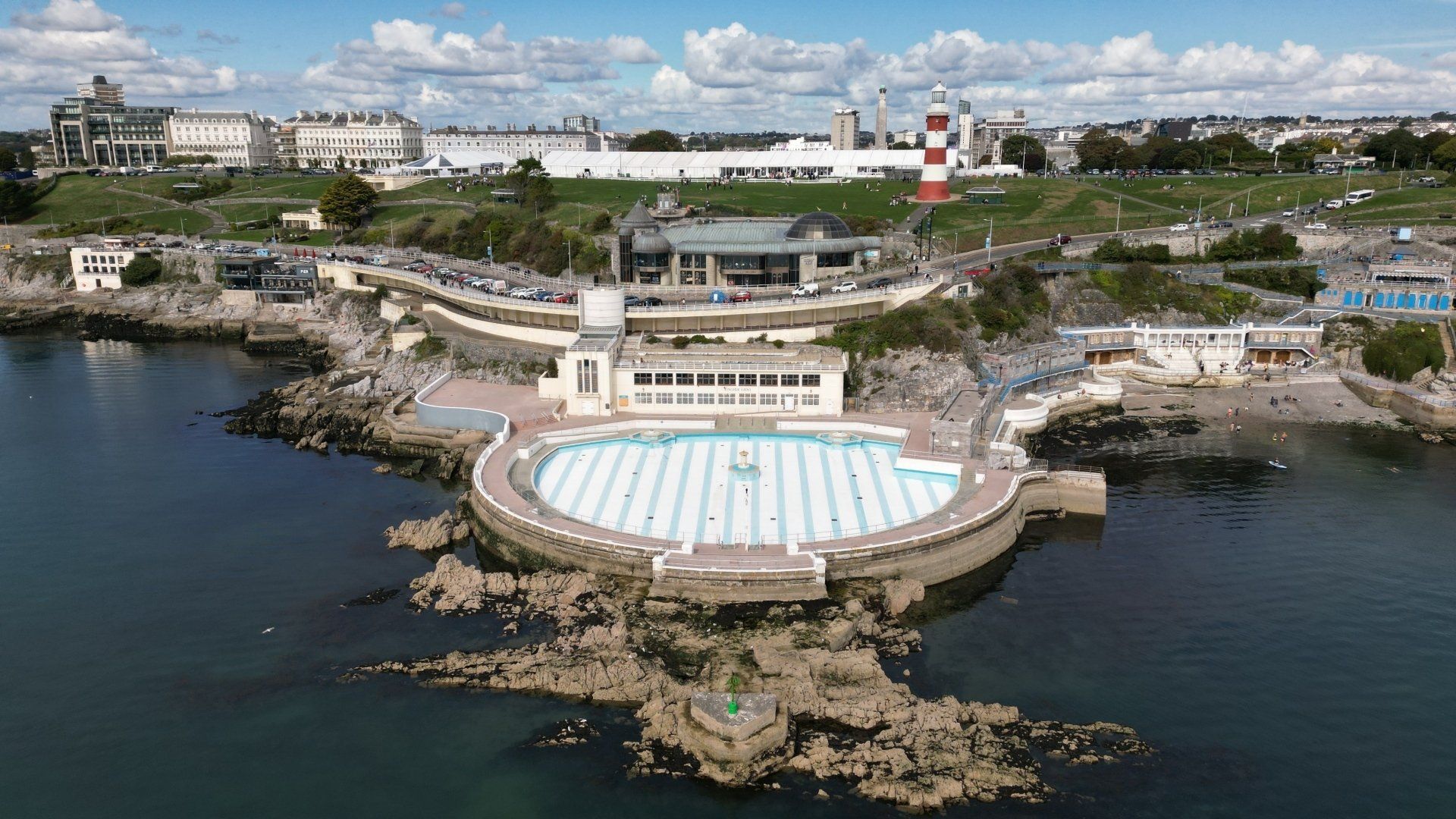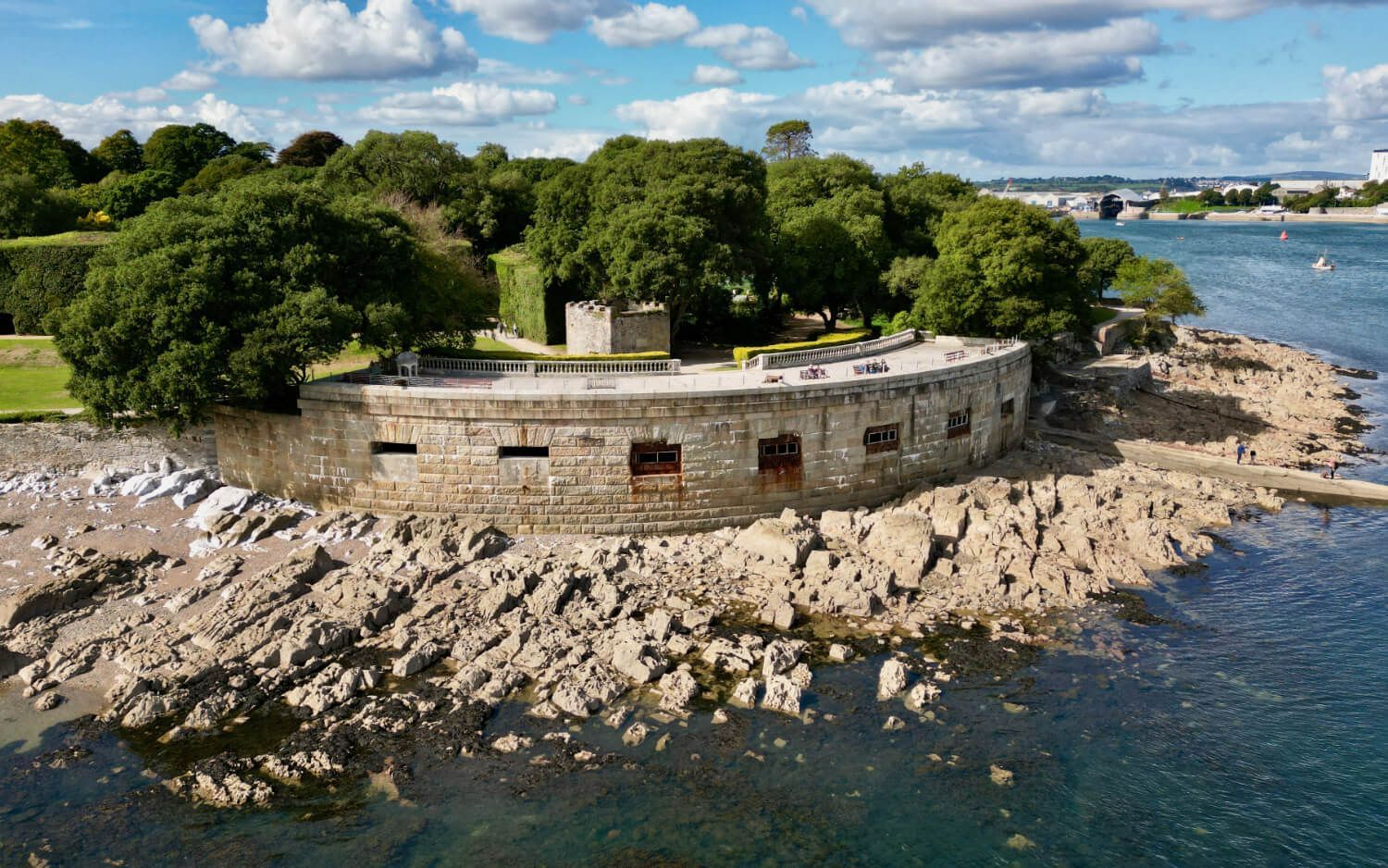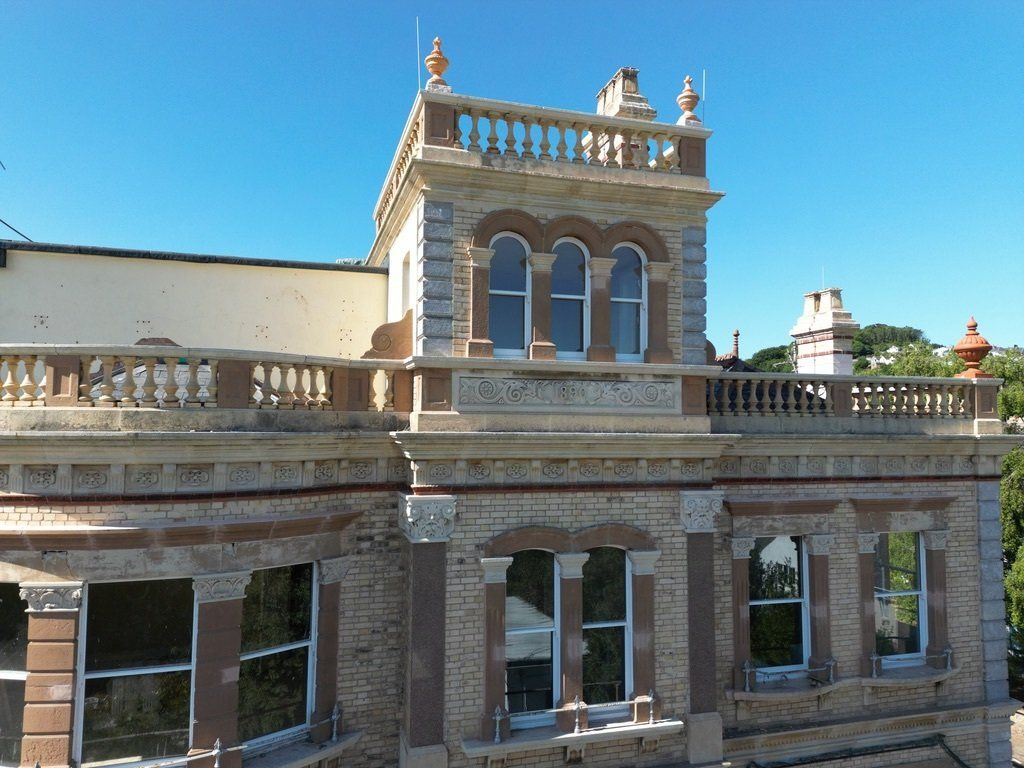Preserving Plymouth's Maritime Heritage: The Conservation of Tinside Lido
As we approach the eagerly anticipated reopening of Tinside Lido next week, we're proud to share the culmination of our careful restoration work on this iconic Grade II-listed Art Deco landmark.
Built in 1935, this beloved Plymouth institution has stood against nine decades of challenging maritime conditions, making its restoration both complex and crucial.
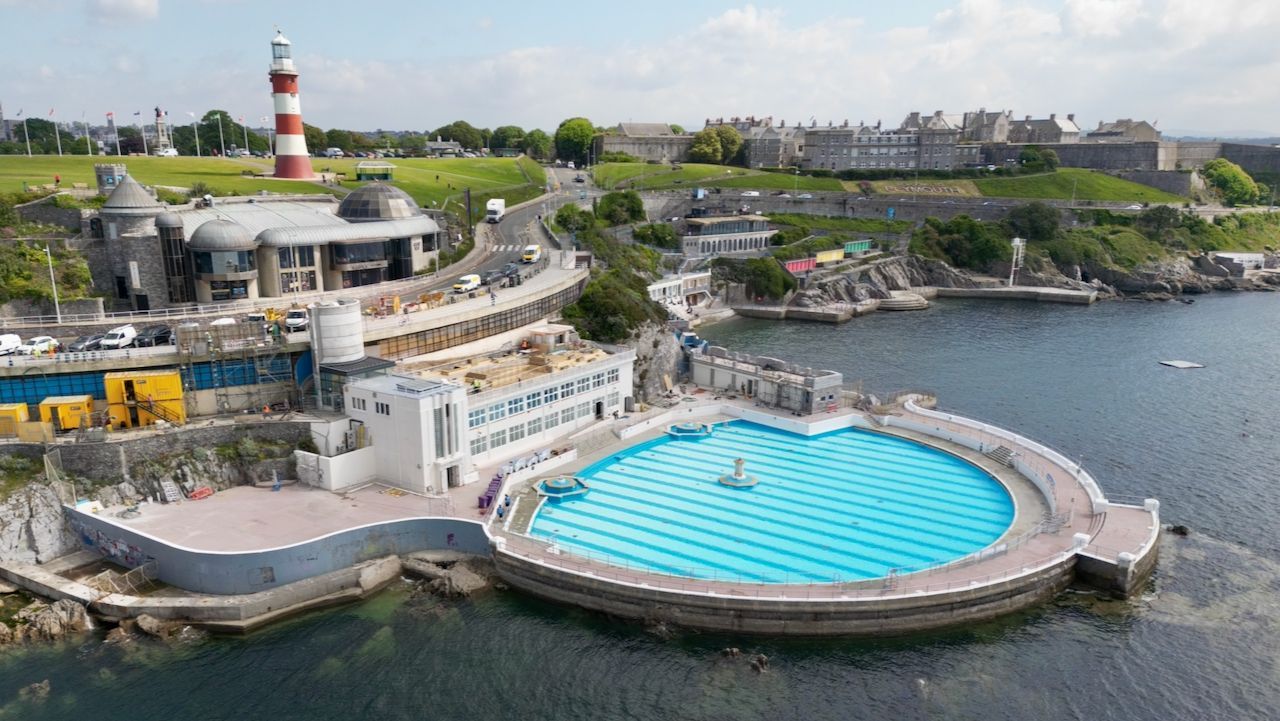
The Technical Challenge
Perched on Plymouth's waterfront, Tinside Lido has weathered 90 years of an aggressive marine environment. The original features—including rare teak windows, bronze windows, distinctive glass blocks, art deco features and in-situ concrete—required careful consideration in our restoration approach. Our team faced the delicate balance of preserving these historic elements while ensuring their longevity for future generations.
Conservation Approach
Our restoration strategy focused on:
- Developing specialised repair specifications for the teak and bronze windows that will withstand marine conditions.
- Careful restoration of the original glass blocks and Art Deco features, while maintaining the building's distinctive character.
- Conservation of the in-situ concrete, addressing decades of salt exposure.
- Implementation of protective measures against future maritime weathering.
The Journey to Completion
Throughout this £4.5M restoration project, every decision has been guided by the need to protect and preserve the original 1935 features while ensuring their resilience against the challenging coastal environment. The original teak windows, glass blocks, and in-situ concrete have all been meticulously restored, honouring the building's heritage while securing its future.
Looking Forward
As we prepare for the public opening next week, this restoration project stands as a testament to the possibility of preserving our architectural heritage while ensuring its sustainability for the future. The restored Tinside Lido will continue to serve as one of Plymouth's most distinctive landmarks, maintaining its original 1935 character while being equipped to face the challenges of coastal conditions for decades to come.


